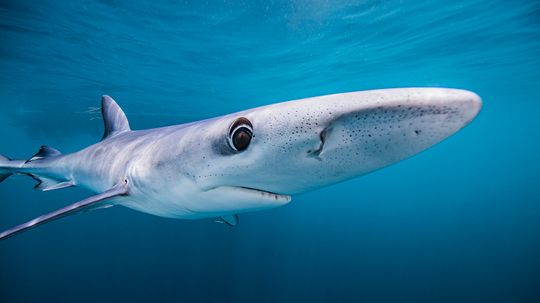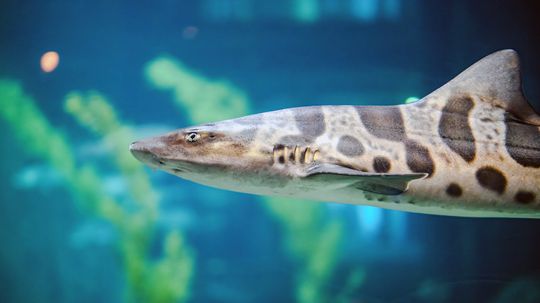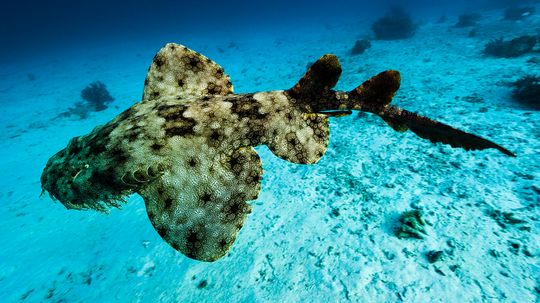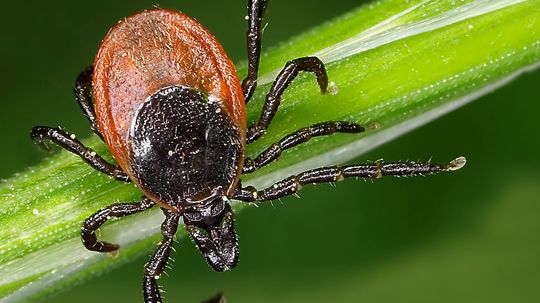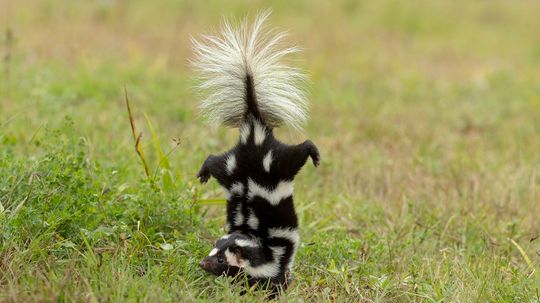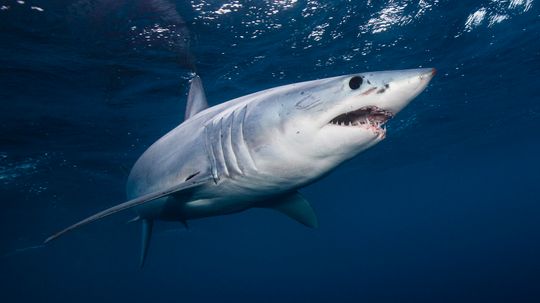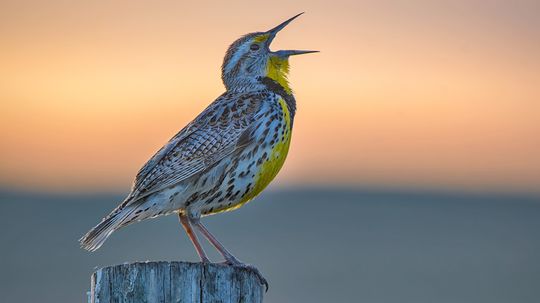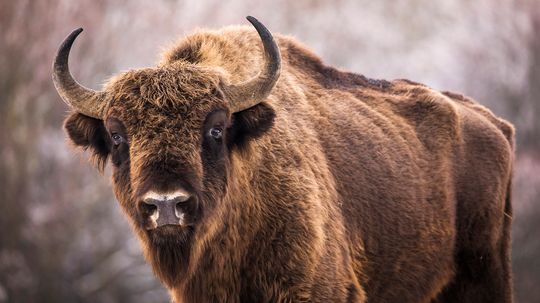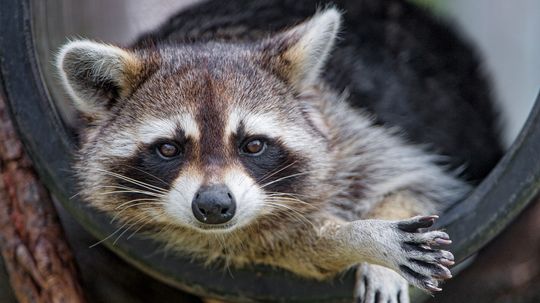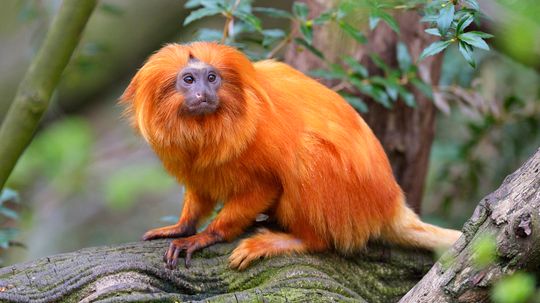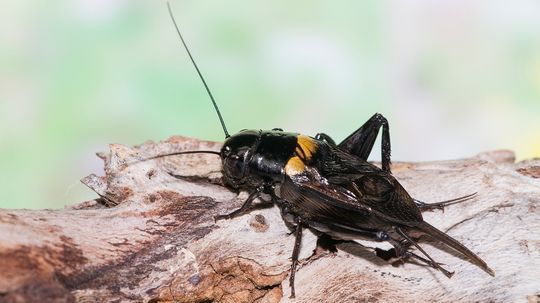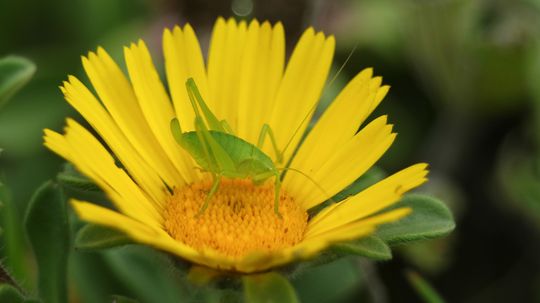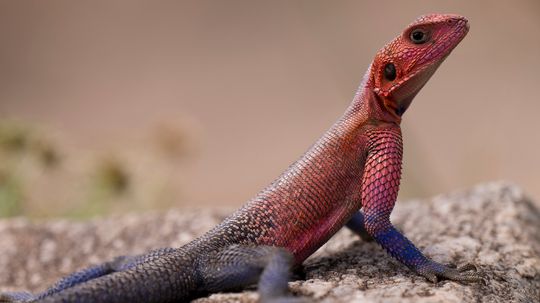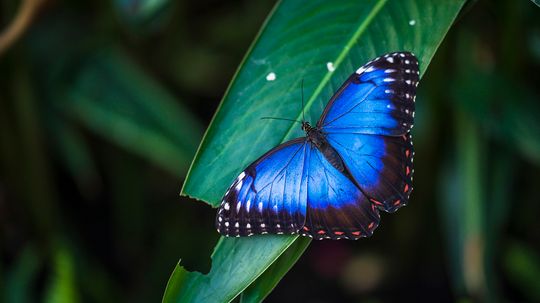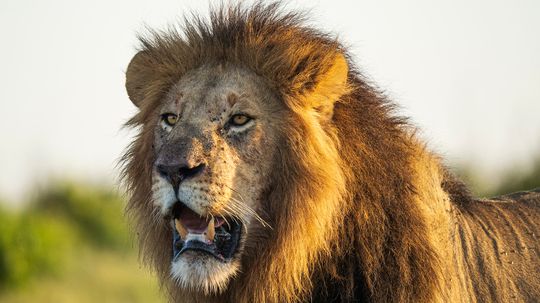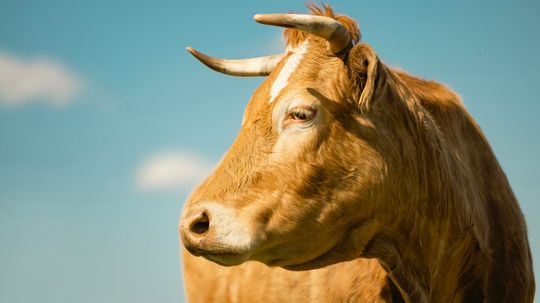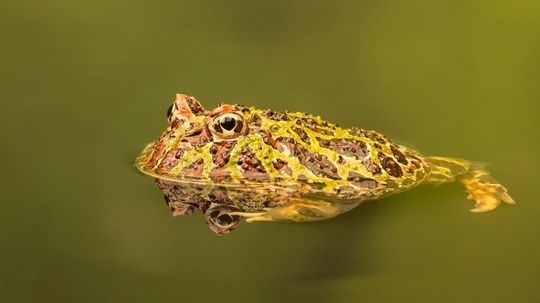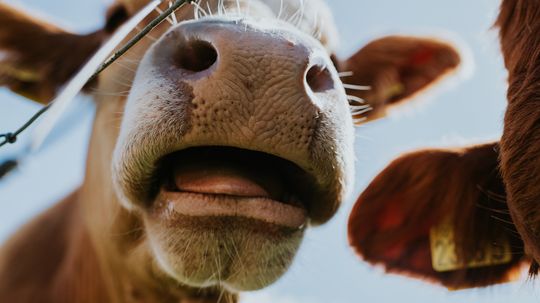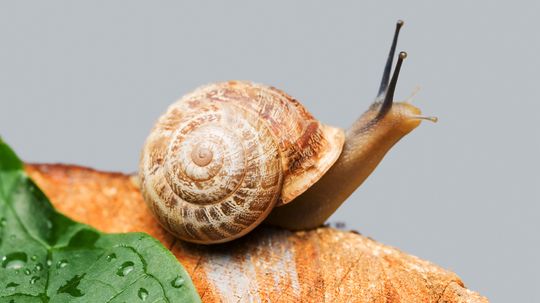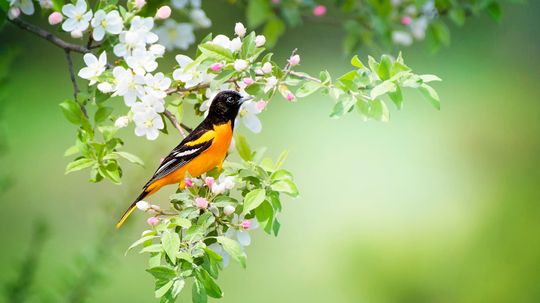Wild Animals
Whether they crawl, fly, swim, slither, walk, run or pounce, wild animals rely on their instincts. Read about all kinds of wild animals, mammals, birds, fish, insects, reptiles and amphibians.
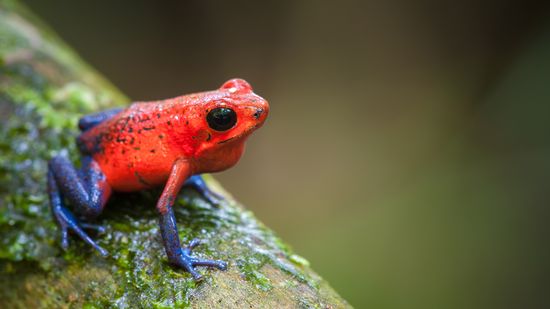
12 Colorful Frog Species: From Tie-dyed Designs to Rare Hues
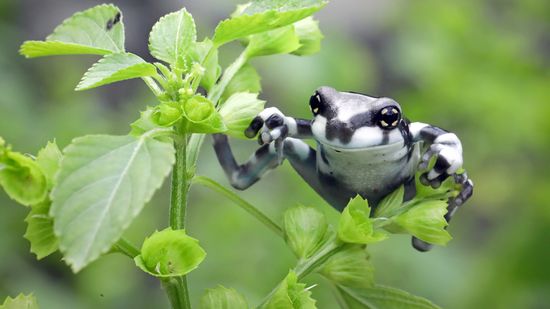
Amazon Milk Frog: Named for Its Defense, Not Its Color
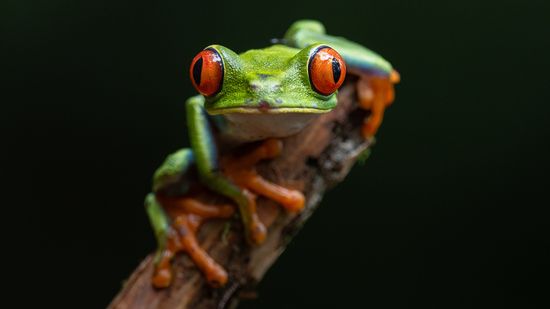
The Red-eyed Tree Frog Has Extremely Sensitive Skin
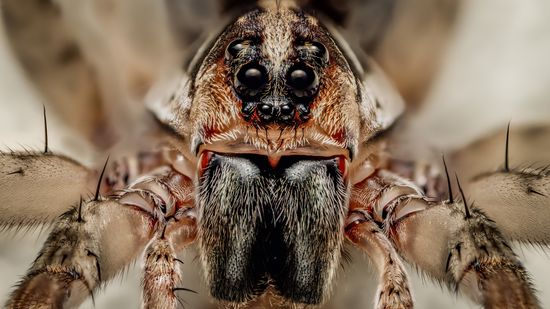
What Is a Group of Spiders Called? (Aside From Icky)
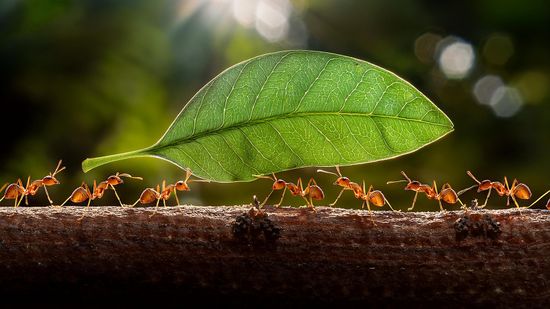
What Is a Group of Ants Called? Army vs. Colony vs. Swarm
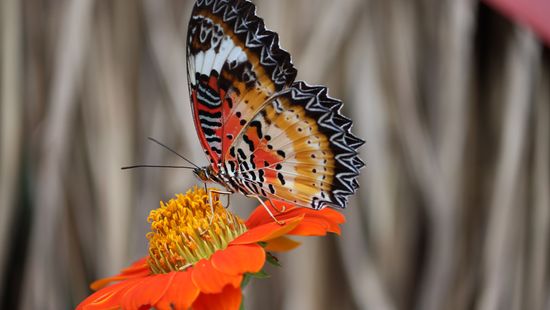
10 Red Butterfly Species Found From India to Florida to Europe
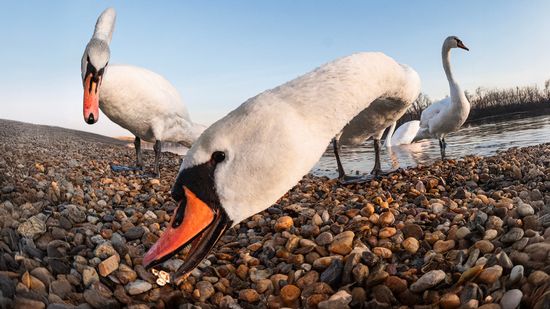
What Is a Group of Swans Called? Not a Flock
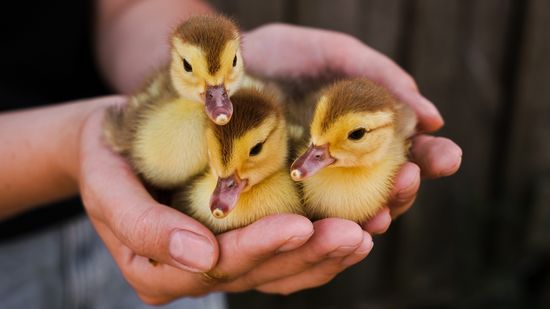
What Is a Group of Ducklings Called? It's Surprisingly Moody
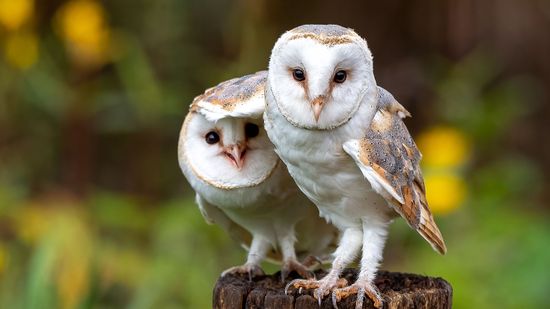
What Group of Birds Is Called a Parliament?

What Is a Group of Fish Called? Not Always a School
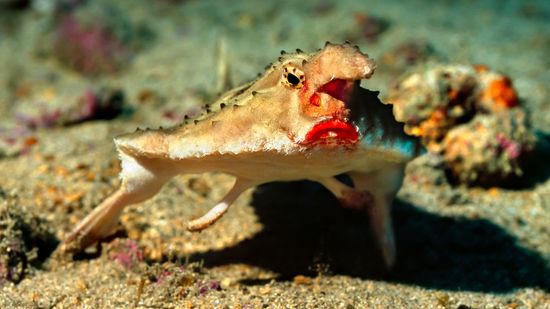
10 Weirdest Fish in the World: Batfish, Hairy Frogfish, and More
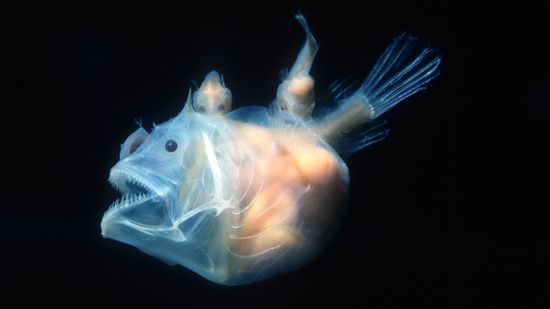
10 Scariest Fish Lurking in Rivers, Deep Ocean Waters, and Shells
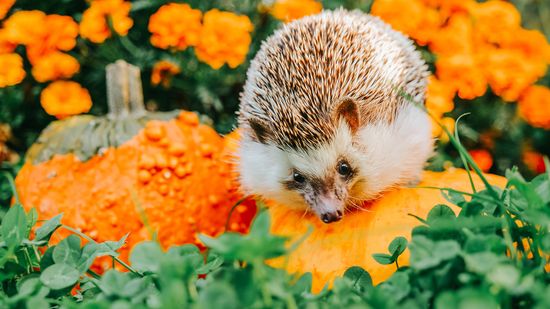
What Is a Group of Hedgehogs Called? It's Adorably Appropriate
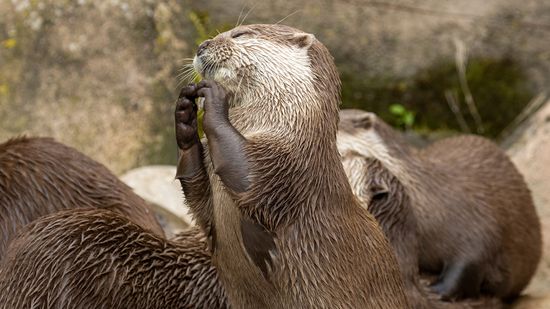
What Is a Group of Otters Called? The Official Terms Are Adorable
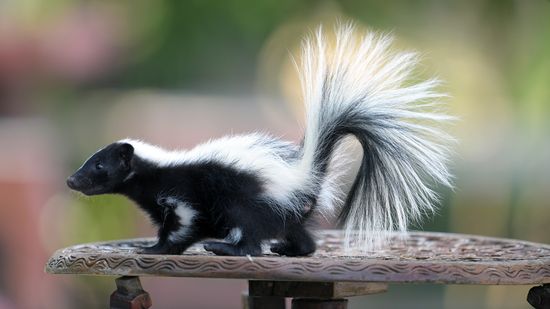
What Is a Group of Skunks Called? Here's Why You've Never Asked Before
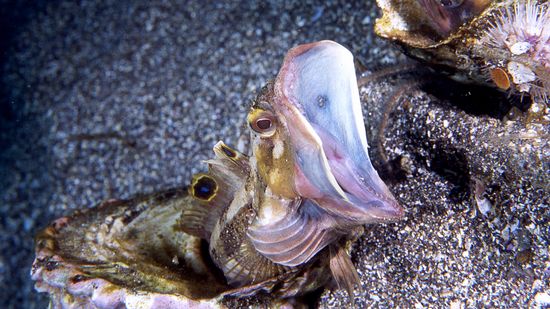
10 of the Scariest Sea Creatures Lurking in the Ocean's Depths

How Bioluminescent Jellyfish Get Their Signature Glow
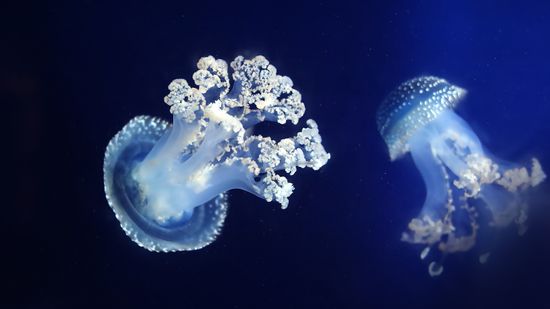
White Spotted Jellyfish: Cute Until They Become Invasive
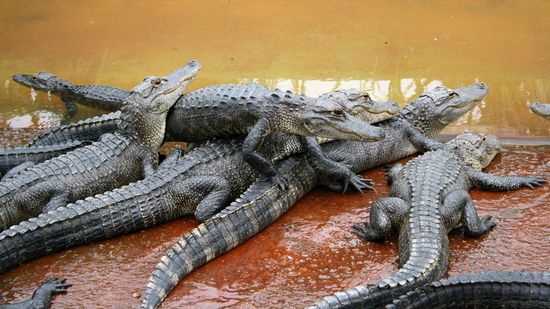
What Is a Group of Alligators Called? It Sounds Surprisingly Formal
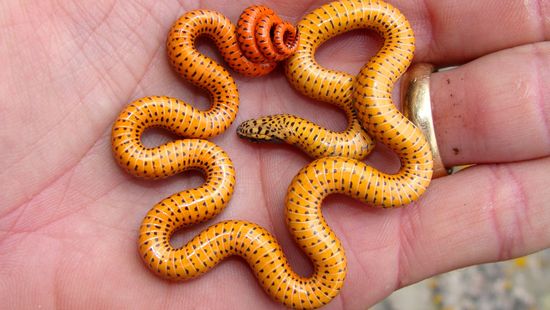
10 Cutest Snake Species That Have Us Squeeing
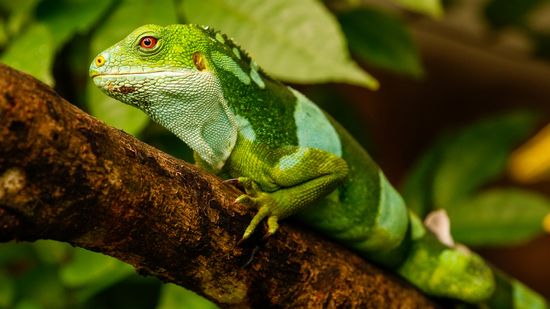
10 Colorful Lizards to Delight Reptile Lovers
Learn More / Page 8
Forget the bloodthirsty predators of summer blockbusters; the ghost shark is a real and seriously mysterious. You sure won’t find them lurking off a sunny beach.
By Nico Avelle
Sleek, fast, and unmistakably tinted with ocean hues, the blue shark is a standout among pelagic sharks.
By Nico Avelle
With their sleek, spotted bodies and easygoing demeanor, the leopard shark is a California coast icon. These sharks, scientifically known as Triakis semifasciata, cruise the shallow nearshore embayments of the eastern Pacific, especially around San Francisco Bay and southern California.
By Nico Avelle
Advertisement
With a name that sounds like it belongs in a storybook, the tasselled wobbegong shark is one of the ocean’s most fascinating ambush predators.
By Nico Avelle
If you've ever found a tick clinging to your skin after a hike or a romp in tall grass, you're not alone. These tiny critters are more than just a nuisance — they're also potential carriers of some serious diseases.
By Nico Avelle
If you're catching whiffs of something funky near your porch, you might be wondering, "What do skunks eat?" These black-and-white foragers are best known for their defensive skunk spray, but their feeding habits are just as distinctive.
By Nico Avelle
When you picture Belize — a Central American jewel hugged by the Caribbean Sea — your mind probably drifts to turquoise waters, coral reefs and epic scuba diving adventures.
By Nico Avelle
Advertisement
If the ocean had a drag race, the mako shark would leave the competition in its bubbly wake.
By Nico Avelle
Yellow birds are some of the most eye-catching creatures in the avian world, bringing bursts of bright yellow plumage to forests, grasslands and backyards. Some species have bright yellow bodies, while others display a mix of yellow feathers with black wings or olive green upperparts.
By Talon Homer
Massive, majestic and deeply woven into the fabric of North American history, the bison is more than just an iconic mammal; it's a symbol of survival and conservation.
By Nico Avelle
What do raccoons eat when they’re rummaging around at night like masked bandits?
By Nico Avelle
Advertisement
Found swinging through the canopies of tropical forests or foraging on the forest floor, the many types of monkeys are split into two main groups: Old World monkeys and New World monkeys. These primate species differ in habitat, behavior and physical traits, from prehensile tails to colorful facial features.
By Nico Avelle
White birds are some of the most striking and elegant creatures in the natural world. Whether soaring over lakes, wading through wetlands, or perched in city skylines, these birds tend to capture attention with their brilliant features.
By Talon Homer
What do crickets eat? If you've ever heard these little insects chirping in grassy areas or dark places, you might have wondered what fuels their busy lives. It turns out these opportunistic feeders will munch on almost anything to stay healthy.
By Talon Homer
When you think of Florida, you probably imagine sandy beaches, warm surf and maybe a dolphin or two gliding by. Or, you might be thinking about Florida shark attacks — which, while rare, tend to feed a few headlines every year.
By Zach Taras
Advertisement
Is that katydid a leaf? Is it an insect? Is it singing to you on a warm summer night? The answer to all of these is yes! Closely related to crickets and grasshoppers, there are over 6,000 katydid species worldwide. These masters of disguise are commonly heard but rarely seen.
By Talon Homer
If you're a fan of reptiles, you've probably asked yourself, what do lizards eat? With over 7,000 known lizard species on Earth, the answer isn’t one-size-fits-all. Some lizards eat only insects, others go for plant matter — and a few go full-on omnivore, chomping on both.
By Nico Avelle
Some of the most dazzling insects in the world are blue butterflies. With their iridescent wings and delicate forms, these rare beauties bring color to grasslands, coastal areas and conservation efforts alike.
By Nico Avelle
If you've ever watched a nature documentary, you might have found yourself asking, what do lions eat? These majestic big cats, known scientifically as Panthera leo, are obligate carnivores that rely entirely on meat to survive.
By Nico Avelle
Advertisement
If you've ever stood on a farm and wondered about the ox vs. bull debate, you're not alone. These two male bovine animals might look similar, but there's a key difference that sets them apart.
By Nico Avelle
You might think frogs are small, croaky critters, but the biggest frog in the world could surprise you. Some amphibians grow to sizes that rival house pets. In this list, we're leaping into the world of giant frogs, examining the species that top the charts in length and weight.
By Nico Avelle
If you've ever driven past a farm and wondered about ox vs. cow differences, you're tapping into a classic question in animal science.
By Nico Avelle
Have you ever wondered, what do snails eat? And how long does it take these slow-moving, slimy creatures to reach their food sources? Well, whether they’re in a garden, a pond or aquarium, a snail's varied diet helps it survive in different environments.
By Ada Tseng
Advertisement
If you've ever looked at a pond full of birds and asked yourself, "Wait, is that a goose or a duck?" you're not alone. The goose vs. duck question is one that even seasoned birdwatchers sometimes stumble over.
By Nico Avelle
Orange birds are some of the most brilliantly colored creatures in the avian world! Whether you're strolling through mixed forests or watching your backyard feeder, these fiery-feathered wonders demand attention.

